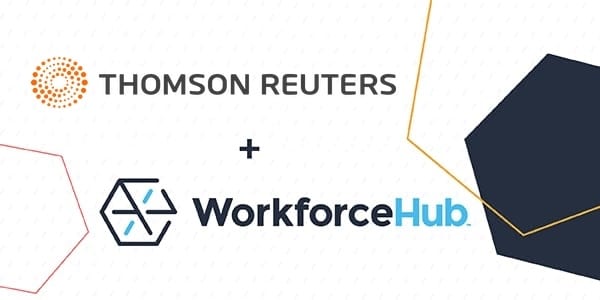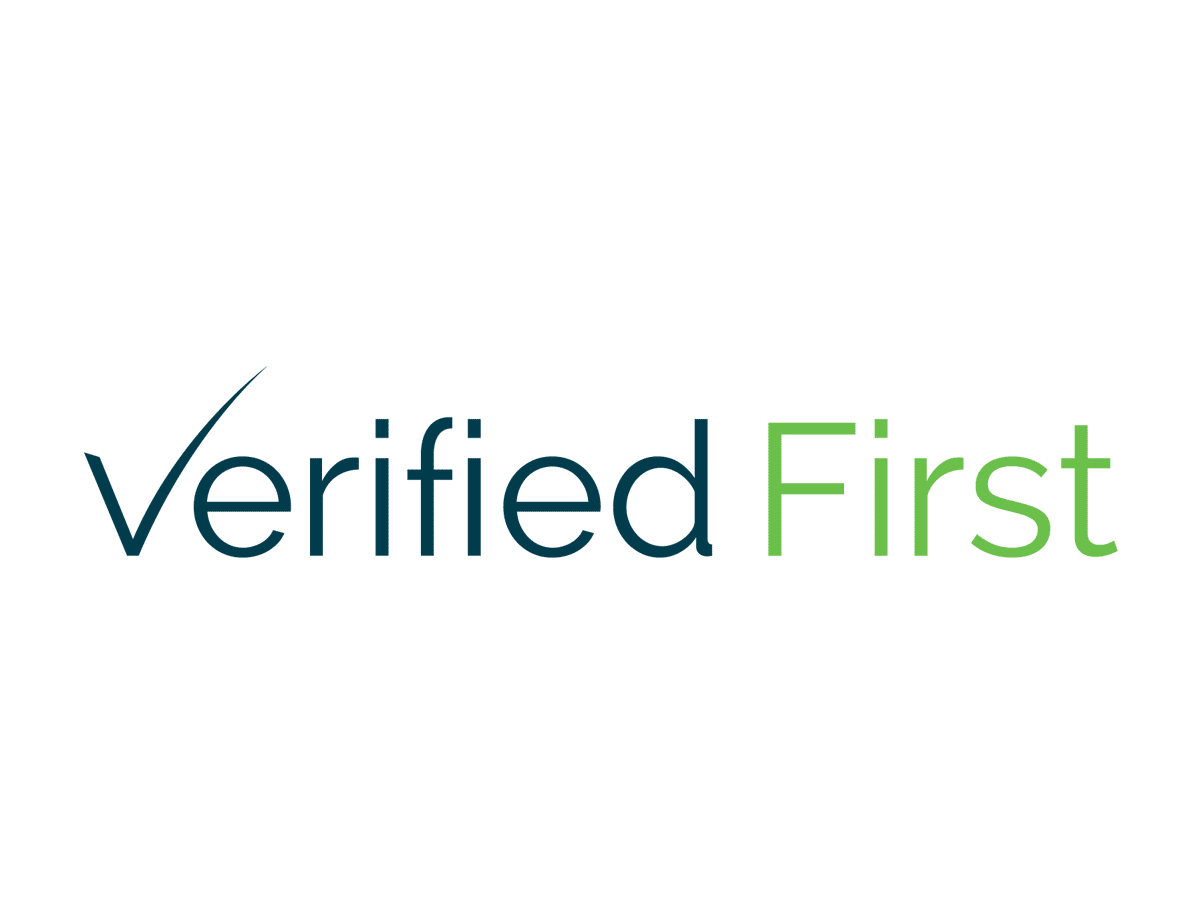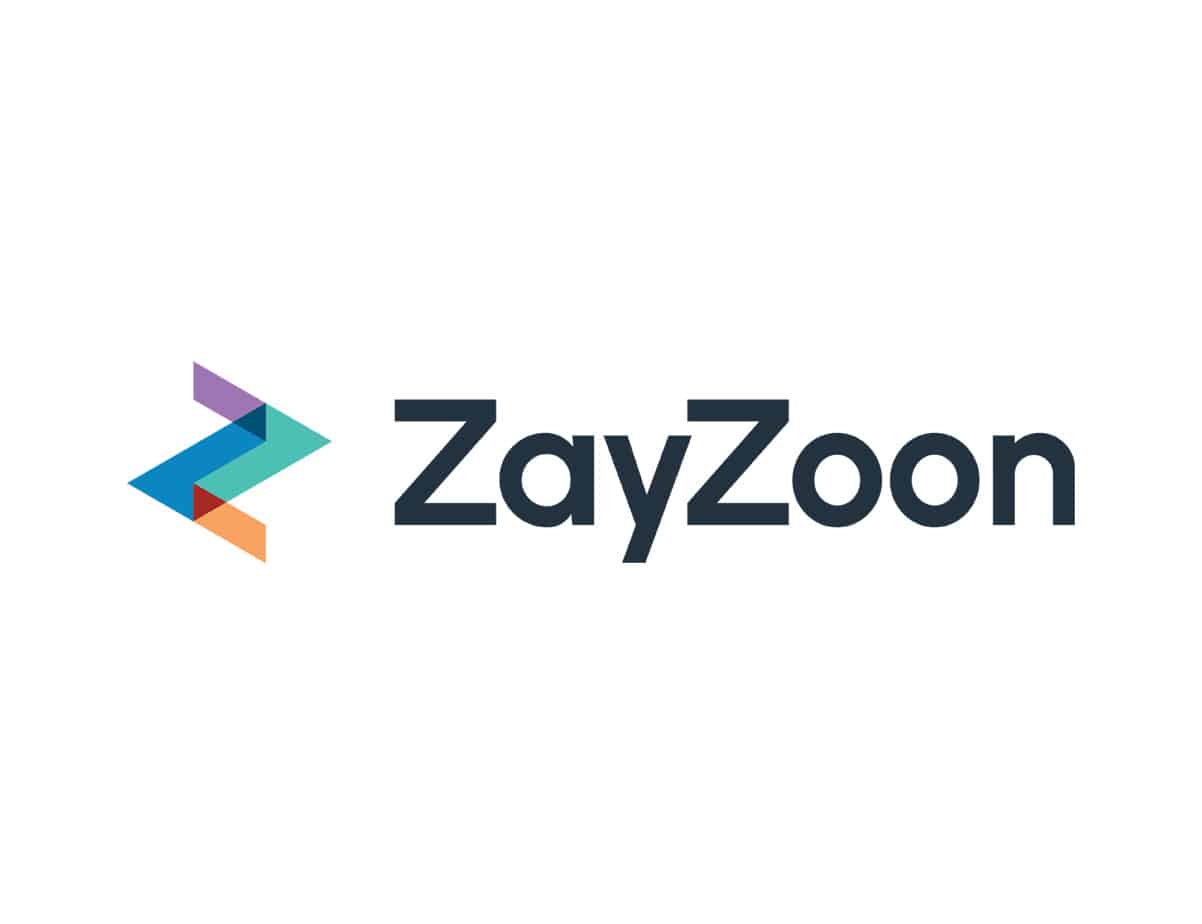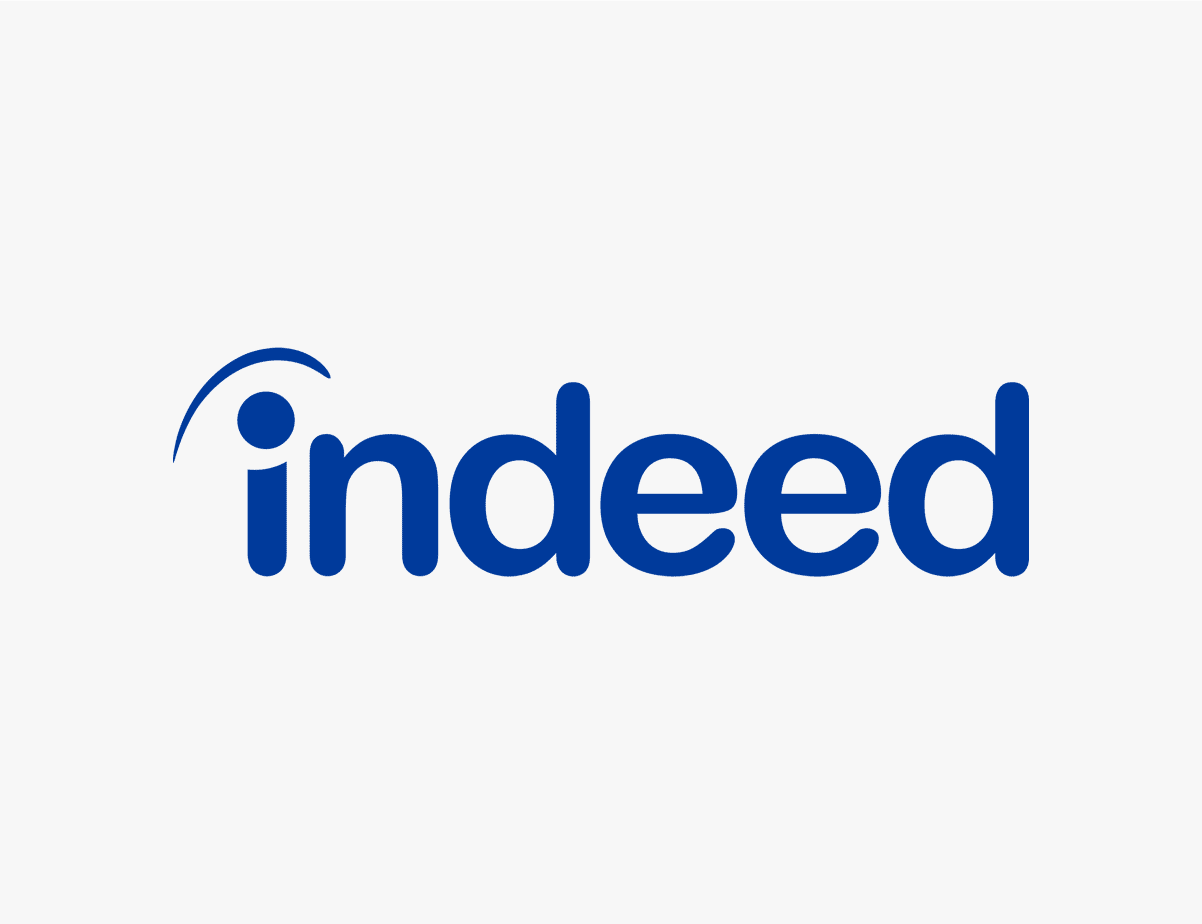Call centers that optimize time and labor can significantly increase productivity. This effort was the intent of the company covered in this case study, a customer service center that had launched eight years previously with one healthcare client. Last year, after adopting WorkforceHub, the company had grown dramatically, providing inbound and outbound support for six health insurers, three nationwide financial clients, and two auto insurance firms.
In optimizing time and labor, the business had five specific goals:
- Increase scheduling precision to improve efficiency
- Decrease unplanned overtime
- Enforce employee breaks
- Reduce labor costs while still providing a high level of service
- Accommodate employee scheduling preferences to boost morale and reduce turnover
About the Client
First, a bit of history. The company had purchased a premise-based system five years previous to the study. It was fairly sophisticated when installed, but the manufacturer had not kept up with the latest technology. Because of this factor, its value diminished over time. Furthermore, the updates were expensive and the system was down for days when something went wrong.
Solution: WorkforceHub
The forward-thinking owners were eager to upgrade to a call center workforce management system that allowed them to incorporate best practices. After using a legacy system, they wanted to try a SaaS platform. Furthermore, they correctly predicted that improved efficiency would give them a leg up in a crowded market.
The company’s payroll provider introduced them to WorkforceHub, a solution tailored for the complex needs of small business. After a demo, the owner decided to try it for a month or two. Since WorkforceHub doesn’t require a contract, the owner wasn’t worried about getting locked into something that didn’t work. With a free trial available, the business owner could experience the features and determine whether the system was the right fit.
Scheduling Precision
First, the management team turned their attention to shift planning. They were delighted to discover how easy it was to create schedules with templates. Managers were able to create schedules for both busy and slow periods. Because WorkforceHub allows as many templates as needed, they built them for each department. Once that was finished, managers could further optimize by creating schedules for each client, employee group, and other variables.
Needless to say, they new system has been a huge success. In fact, using it has essentially eliminated coverage gaps, overstaffing, and departmental imbalances.
Strategic Forecasting
Secondly, the team started using reporting and analytics. Because WorkforceHub tracks time and labor metrics, managers can evaluate attendance, identify trends, and forecast needs. As the weeks go by, the data increases in value.
Overtime and Break Management
Thirdly, they turned their attention to unplanned overtime. Historically, the failure to control overtime resulted in skyrocketing labor costs. Fortunately, WorkforceHub overtime alerts tackled this problem. Now, managers can prevent unplanned overtime before it happens, keeping labor expenses stable and allowing for expansion.
Schedule Enforcement
Fourth, the business improved its employee timesheet process. Timecard estimation was common at the business prior to implementing WorkforceHub. The call center employees would estimate start and end times after the fact if they forgot to punch in or out for a shift. WorkforceHub includes a schedule adherence function which doesn’t allow employees to punch outside of prescribed hours, along with a function that enforces authorized break and meal duration. Tardies and absences are monitored and controlled, and buddy-punching has become impossible. The firm is now only paying employees for time actually worked.
Accurate Timecards and Hassle-Free Payroll
WorkforceHub has intelligent clocking features. In other words, when employees attempt to clock in, it only presents options that apply to their current status (shift start, paid break, unpaid meal or shift end). This precision automation has improved timecard accuracy dramatically, saving managers countless hours spent fixing timecards with missing or incorrect punches.
Accommodate Preferences While Retaining Quality of Service
Unfortunately, call centers generally have a high attrition rate. This rate is due to many factors. For example, customer service is an entry-level job for many young workers and a common short-term stint for students and those who are temporarily unemployed in their fields. Call centers that succeed are able to attract competent employees, quickly train them to be excellent service reps, pay a competitive wage, and maintain low employee turnover. To do this, however, they need to keep their employees happy. Therefore, flexibility is key.
Schedule Flexibility
It’s important to understand how schedule flexibility benefits the company. To this point, the business leaders discovered that accommodating employee scheduling preferences allowed them to keep starting wages stable. In contrast, competing employers have to continually raise their starting wages to attract applicants. The benefits for our case study company were two-fold: a savings in labor costs and improved retention. Furthermore, the advantages compound as the workforce expands.
Advanced Schedule Management
WorkforceHub allows supervisors to set minimum/maximum hour preferences per employee. In addition, automated time-off requests streamline the PTO workflow. Employee Self-Service (ESS) enables employees to view their schedules, open shifts, and accruals from any mobile device. The team also experimented with allowing fully trained employees within the same skill set group (phone, email, or live chat certified) to handle their own shift trades. When presented with this display of confidence, the reps rose to the occasion and the company made the policy permanent. They are happy to report that employees haven’t abused the system and it continues to be a success. This scheduling flexibility has served as a turning point for the company, boosting morale and leading to lower turnover rates.
Employee Work/Life Balance
The management team believes that prior to the change in policy, most employees were afraid of requesting too many shift trades per week. Now that management trusts them to cover their own shifts, they have more schedule flexibility than ever before. The dedicated crew does not want to give up this valuable perk, even to make a slightly higher wage with a competing organization.
Higher morale has improved the quality of service. After all, when management trusts employees, they can can concentrate on quality work and meeting production goals.
WorkforceHub Fuels Growth
Now that they have optimized their workforce, the owners plan to expand their services to include order processing and lead response. Indeed, they are confident that WorkforceHub will help them successfully accommodate this growth.
Convert Your Clients Today
Do you have clients operating call centers? As a Swipeclock partner, you can offer WorkforceHub, the powerful, fully-integrated solution that makes it easy to optimize the performance of an entire organization. It can help your clients streamline scheduling, automate time and attendance, maintain regulatory compliance, and reduce labor costs. Additionally, the platform benefits you as it frees up your time to focus on other tasks, rather than solving complex problems or learning new systems. With our new Conversion Tool, bringing your clients over to the modern platform is easier and faster than ever.
- All About the Corporate Transparency Act and Your Clients - April 19, 2024
- Swipeclock Announces Enhanced Integration between WorkforceHub Advanced and Execupay PlatinumPay Xpress - April 15, 2024
- Base Camp Live Session #1 Wrap-Up - March 14, 2024













